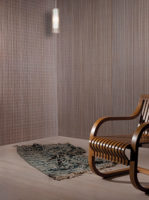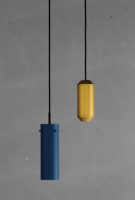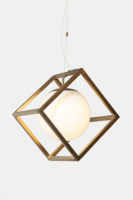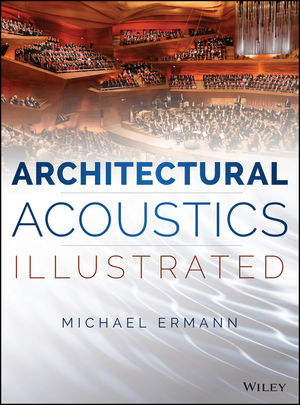A school might have a stellar faculty and engaging curriculum—but students won’t benefit if they can’t hear their teacher. The most common culprits: excessive background noise and levels of reverberation, both of which hinder speech intelligibility. Sometimes the solution is as simple as relocating the HVAC equipment. But the next line of defense is “softening” a room so that the sound waves don’t bounce off all the hard surfaces.
In public school classrooms, where cost and maintenance are priorities, “acoustic ceiling tiles give you the biggest bang for the buck,” says Michael Brown, principal of Santa Monica–based Newson Brown Acoustics. Products like Armstrong’s Total Acoustics ceiling panels, which absorb and block exterior sound, offer a high noise-reduction coefficient (NRC). They also take in all the sound frequencies, not just the short-wave high ones that contribute to speech intelligibility.
However, in situations where ceiling treatments aren’t possible or aesthetically desired, a combination of carpeting and panels can work. Floor coverings are a relatively inexpensive means to reduce a room’s Impact Insulation Class (IIC) rating—the acoustic disruptions caused by movement such as chairs scraping against a wooden floor. Options like Mohawk Group’s Get Smart broadlooms can serve as a buffer between the objects and surface, reducing the attendant noise, as can resilient flooring and underlays, which are ideal if allergens are a concern.
As for wall panels, “the thickness of the material is just as important as NRC,” says Brown. Since NRC is an average of absorption over a range of frequency bands, thin materials “may absorb the high frequencies, but that’s all.” Felt products are a favorite of Brown's (he specifies thicknesses of 1" or 2"), as are Echo Eliminator’s recycled-denim options. New products such as Autex’s Composition, which double as pin boards, also add a decorative dimension to classroom sound abatement.
Brown notes that tiles, carpeting, and panels suffice for most K–12 classrooms. It’s only when you start designing for specialized or multifunctional spaces, such as music rooms and auditoriums, that expensive products are needed. Says Brown about the over 30 K–12 schools he has consulted on: “Our emphasis is always on durability, simplicity, and getting everything out of harm’s way.”








Post a comment to this article
Report Abusive Comment